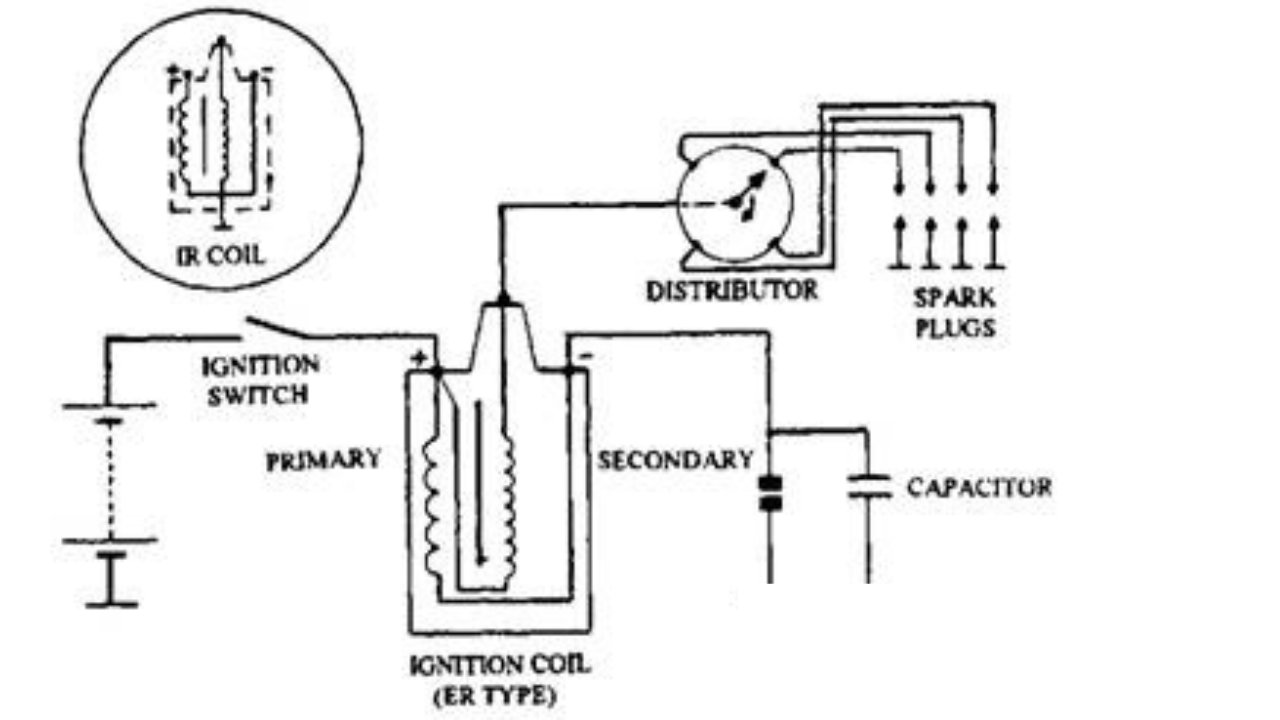The car ignition system is an essential component of any vehicle that ensures the engine runs smoothly. It is responsible for generating a high-voltage spark that ignites the fuel-air mixture in the combustion chamber, which ultimately powers the engine.
Over the years, car ignition systems have evolved from traditional contact point systems to modern electronic systems that are more reliable, efficient, and environmentally friendly. Understanding the types of car ignition systems and how they work is crucial for any vehicle owner or enthusiast.
The Evolution & Science Behind Working Of Car Ignition Systems
A faulty car ignition can lead to various problems that can affect the performance of your automobile. Some common indications of a faulty car ignition system include difficulty starting the engine, stalling or rough idling, engine misfires, poor fuel efficiency, and a reduction in power or acceleration.
Having that said explains the importance of properly functioning car ignition systems. Let’s jump to the various types of modern auto ignition systems.
1. Conventional Ignition System

Also known as contact point ignition systems, these were used in most cars built before the 1980s. They consist of a Car battery, ignition coil, distributor, points, and spark plugs. The points are responsible for opening and closing the circuit to send a high-voltage current to the spark plugs, which ignite the fuel-air mixture in the engine’s combustion chamber.
Nowadays, it’s rare that you could even find a vehicle running on the roads with a conventional car ignition system unless it’s one of the classics.
2. Electronic Car Ignition Systems

Contact point ignition systems have been largely replaced by electronic ignition systems in modern cars. That’s because these systems use solid-state components to control the timing and intensity of the spark.
They are more reliable and efficient and require less maintenance compared to conventional ignition systems. They consist of a battery, ignition module, distributor, and spark plugs. The ignition module controls the timing and duration of the spark, which ignites the fuel-air mixture in the engine’s combustion chamber.
3. Distributorless Ignition Systems (DIS) For Cars

These ignition systems were introduced in the 1990s. They eliminate the distributor and use individual ignition coils for each cylinder. In these systems, the engine control module (ECM) controls the timing and duration of the spark, which ignites the fuel-air mixture in each cylinder’s combustion chamber.
These systems offer benefits like improved fuel efficiency, reduced emissions, and increased reliability. They also require less maintenance and are easier to diagnose and repair in case of a malfunction.
4. Coil-On-Plug Car Ignition Systems
They are similar to DIS systems, but the ignition coils are mounted directly on top of the spark plugs. This eliminates the need for spark plug wires and provides a stronger spark for better combustion.
In this system, the ECM uses input signals from various sensors, such as the crankshaft position sensor and camshaft position sensor, to determine the correct timing for each spark plug.
In terms of maintenance, COP ignition systems typically require less frequent maintenance compared to distributor-based systems. However, the repairs are quite expensive in comparison.
Hence, coil-on-plug ignition systems are a reliable and efficient option for modern cars. Because they provide improved engine performance and lower the risk of misfires.
Also Read: Benefits of Hiring Professional Towing Service
How Does A Car Ignition System Work?
Regardless of the type, all car ignition systems work on the same basic principles. When you turn the key in the ignition switch, it sends a signal to the Engine Control Module (ECM) to start the ignition process.
The ECM then sends a signal to the ignition coil to create a high-voltage current, which is sent to the spark plugs through the distributor or directly through the ignition coils.
The spark plugs then ignite the fuel-air mixture in the engine’s combustion chamber, which creates a controlled explosion that pushes the engine’s pistons down and turns the crankshaft. This process repeats hundreds of times per minute, powering the car and propelling it forward.
Quite amazing, right? What not humans can achieve if work with absolute determination, put the required effort in, and be patient!
Final Thoughts
The ignition system is vital for the car’s proper functioning. There are four types of ignition systems as explained. From conventional systems being used in the 1980s to modern-day electronic ignition systems, mankind has traveled a lot through time progressively. Also, we’ve explained the working mechanism of the car ignition system.





